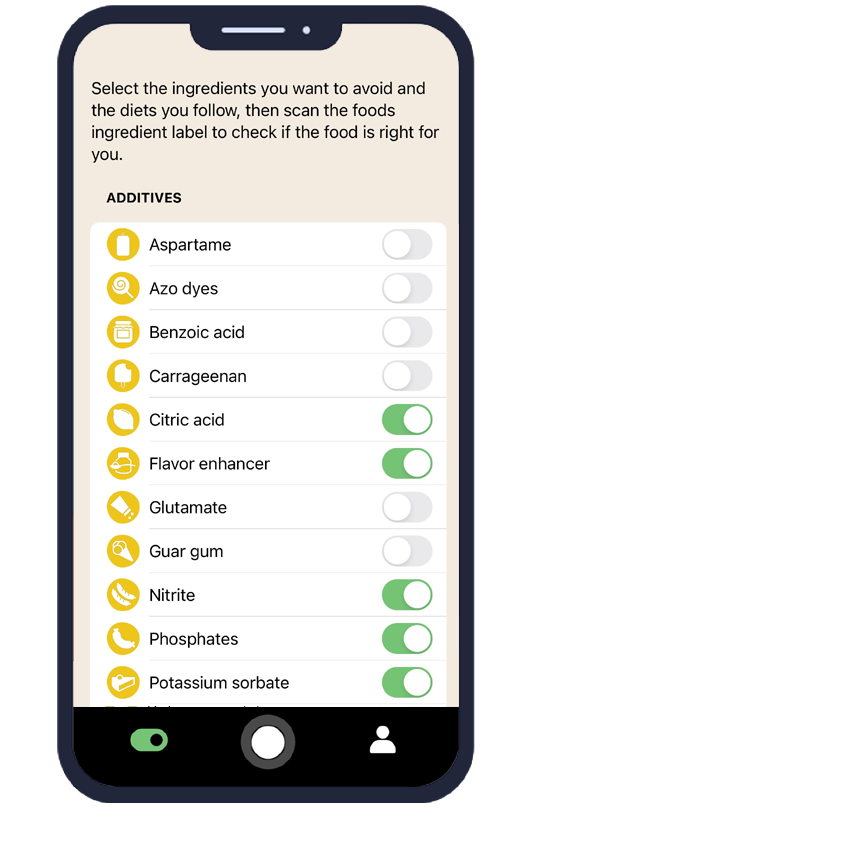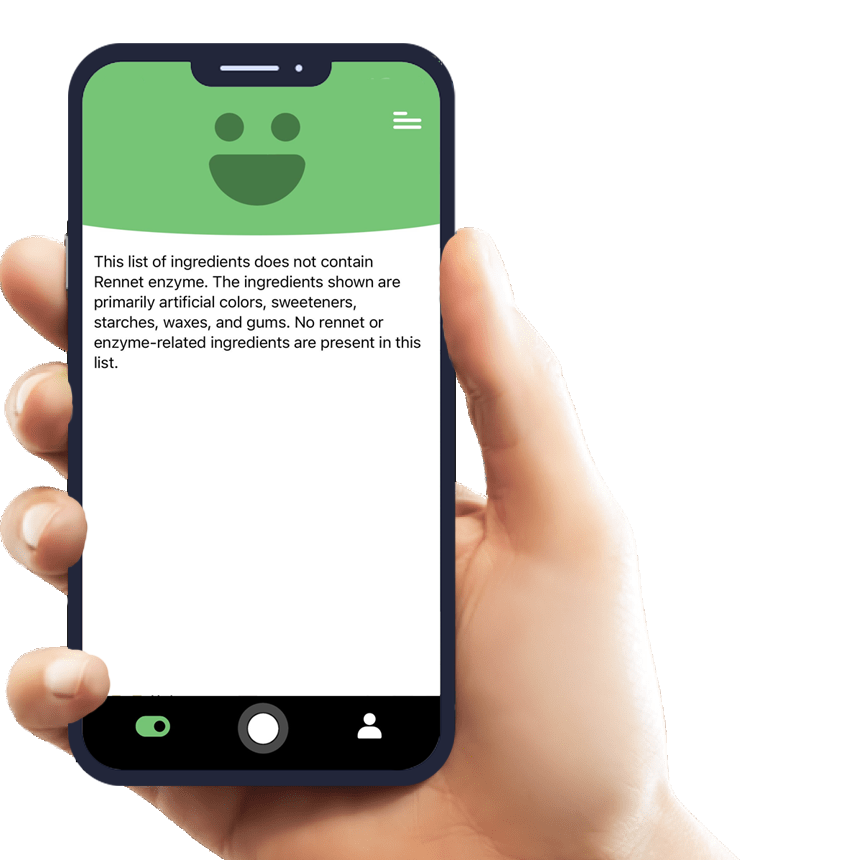Fish Allergens in Food: How AI Eat This Protects Your Dietary Health
Fish allergens represent one of the most serious food safety concerns for millions of consumers worldwide. Unlike simple ingredients, Fish proteins can trigger severe allergic reactions and appear in unexpected food products through cross-contamination or as hidden ingredients. For individuals with Fish allergies or those following specific dietary restrictions, identifying these allergens in processed foods can be challenging and potentially dangerous.
The AI Eat This app revolutionizes how consumers navigate Fish allergen concerns by instantly scanning ingredient lists in any language. This innovative tool empowers users to make informed dietary choices and avoid potentially harmful Fish-containing products with confidence.
What Is Fish and Where Is It Used in Food Products?
Fish allergens encompass proteins from various fish species including salmon, tuna, cod, and shellfish that can trigger immune responses in sensitive individuals. These allergens don't just appear in obvious seafood products but can hide in numerous processed foods through manufacturing processes and cross-contamination.
Fish proteins are commonly found in unexpected places throughout the food industry. Many processed foods contain Fish-derived ingredients such as fish sauce, anchovies in Caesar dressing, or gelatin from fish sources. Additionally, foods produced in facilities that also process Fish products may carry contamination risks.
Common Foods Containing Fish Allergens
- Worcestershire sauce and Asian condiments
- Caesar salad dressing and some mayonnaises
- Certain vitamins and supplements (omega-3 capsules)
- Some processed meats and imitation crab
- Certain beer and wine clarifying agents
- Gelatin-based products from fish sources
Is Fish Safe? Understanding Regulatory Guidelines and Health Risks
For the general population, Fish consumption is not only safe but recommended by health authorities worldwide. The FDA and EFSA recognize fish as valuable sources of protein and omega-3 fatty acids. However, Fish allergens pose significant risks for individuals with documented Fish allergies or intolerances.
Regulatory Approvals and Safety Standards
Major health organizations including the WHO maintain that Fish products are generally safe for consumption when properly handled and prepared. Regulatory bodies require clear labeling of Fish allergens on food packaging to protect sensitive consumers. These safety measures help individuals with dietary restrictions make informed choices about their food consumption.
Risks for Specific Groups
People with Fish allergies face serious health risks from even trace amounts of Fish proteins. Symptoms can range from mild digestive discomfort to severe anaphylactic reactions requiring immediate medical attention. Cross-contamination during food processing represents a particular challenge for these individuals.
How Does AI Eat This Help You Avoid Fish Allergens?
The AI Eat This mobile application transforms Fish allergy management through advanced ingredient recognition technology. Users simply scan product labels with their smartphone camera, and the app instantly identifies Fish-containing ingredients across multiple languages and regional variations.
This intelligent system goes beyond basic ingredient scanning by allowing users to create personalized dietary filters. Whether managing Fish allergies, following religious dietary restrictions, or maintaining specific nutritional goals, the app customizes alerts based on individual needs and preferences.
The app's database continuously updates to include new Fish-derived ingredients and alternative names used across different countries and manufacturers. This comprehensive approach ensures users receive accurate, real-time information about potential Fish allergen exposure in their food choices.
Who Should Avoid Fish in Their Diet?
Individuals with diagnosed Fish allergies must completely avoid Fish proteins to prevent potentially life-threatening reactions. Those with Fish intolerances may experience digestive issues, skin problems, or other adverse symptoms when consuming Fish-containing products.
People following certain religious dietary restrictions may also need to avoid Fish products or specific types of Fish. Additionally, some individuals choose Fish-free diets for environmental or ethical reasons, making ingredient identification equally important for their dietary compliance.
Parents of children with Fish allergies face particular challenges in ensuring safe food choices. The AI Eat This app provides peace of mind by offering instant verification of product safety before purchase or consumption.
Tips for Maintaining a Fish-Free Diet
Successfully avoiding Fish allergens requires vigilance and proper planning. Always read ingredient labels carefully, as Fish proteins can appear under various names including anchovies, fish sauce, or simply "natural flavoring" in some products.
When dining out, communicate clearly with restaurant staff about Fish allergies and potential cross-contamination risks. Many establishments use shared cooking surfaces or utensils that may have contacted Fish products, creating hidden exposure risks.
Consider these practical strategies for Fish avoidance:
- Use the AI Eat This app for instant ingredient verification
- Choose certified Fish-free products when available
- Prepare meals at home using whole, unprocessed ingredients
- Research restaurant menus and preparation methods in advance
- Carry emergency medication if prescribed for severe allergies
Building relationships with trusted food manufacturers and retailers can also provide valuable insights into their Fish allergen control processes and ingredient sourcing practices.
Conclusion: Take Control of Your Fish-Free Diet Today
Managing Fish allergies and dietary restrictions doesn't have to limit your food choices or create constant anxiety about ingredient safety. Understanding where Fish allergens hide in everyday products empowers you to make confident dietary decisions while maintaining nutritional variety and enjoyment.
The AI Eat This app eliminates guesswork from Fish allergen identification, providing instant, accurate ingredient analysis in any language. Whether you're managing severe Fish allergies, following specific dietary restrictions, or simply want better control over your food choices, this innovative tool puts the power of informed decision-making in your hands.
Don't let uncertainty about Fish allergens control your diet. Download AI Eat This for free testing today and experience the confidence that comes with knowing exactly what's in your food!

70 filters
With over 70 filters, you can easily avoid certain ingredients and follow your dietary preference.

Paleo

Pescetarian

Ultra-processed food

Vegan







































































